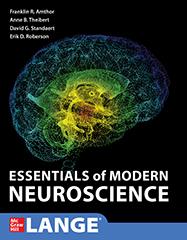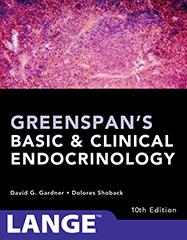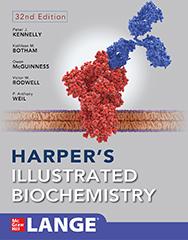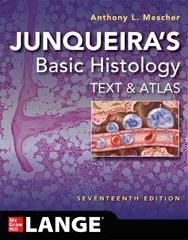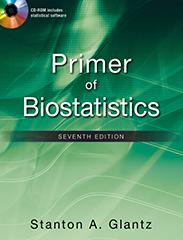Master the aspects of endocrine physiology required in clinical medicine and to ace the USMLE
Endocrine Physiology delivers unmatched coverage of the fundamental concepts of hormone biological actions - providing the foundation you need to understand the physiologic mechanisms involved in neuroendocrine regulation of organ function.
This updated edition has been revised for greater clarity and understanding. Each chapter opens with a short description of the functional anatomy of the organ, highlighting important features pertaining to circulation, location, or cellular composition that have a direct effect on endocrine function. Newly added annotated illustrations highlight principle concepts in each chapter.
Emphasizing must-know principles, Endocrine Physiology is the single-best endocrine review available for the USMLE Step 1.
This sixth edition features:
• An informative first chapter describing the organization of the endocrine system, as well as general concepts of hormone production and release, transport and metabolic rate, and cellular mechanisms of action
• Case studies that show how to apply principles to real-world clinical situations
• Bulleted objectives, key concepts, study questions with expanded answers, suggested readings, and diagrams encapsulating key concepts
• Pedagogical instruction throughout


